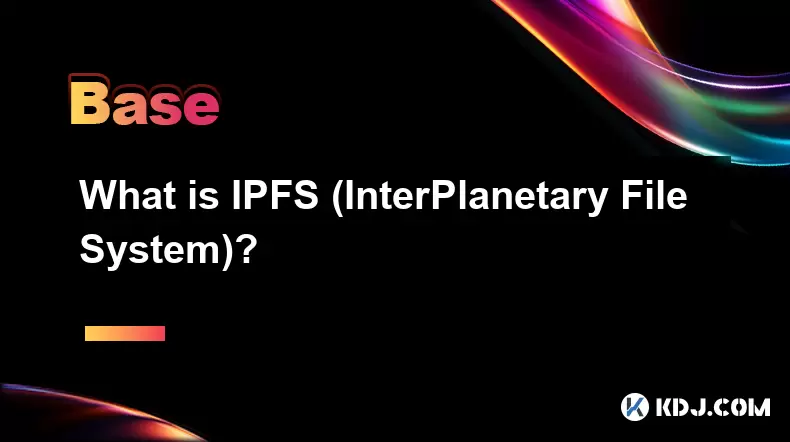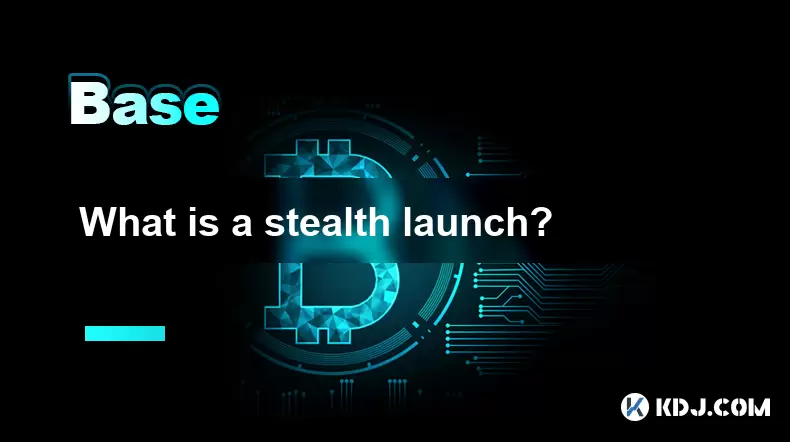-
 Bitcoin
Bitcoin $108,936.1991
0.79% -
 Ethereum
Ethereum $2,610.1463
2.88% -
 Tether USDt
Tether USDt $1.0002
0.01% -
 XRP
XRP $2.3045
1.42% -
 BNB
BNB $659.6418
-0.09% -
 Solana
Solana $151.1513
2.02% -
 USDC
USDC $0.9999
0.00% -
 TRON
TRON $0.2877
0.47% -
 Dogecoin
Dogecoin $0.1710
2.39% -
 Cardano
Cardano $0.5883
1.99% -
 Hyperliquid
Hyperliquid $38.6564
0.61% -
 Sui
Sui $2.8985
1.90% -
 Bitcoin Cash
Bitcoin Cash $499.9425
1.43% -
 Chainlink
Chainlink $13.9075
4.30% -
 UNUS SED LEO
UNUS SED LEO $9.0803
0.34% -
 Stellar
Stellar $0.2576
3.78% -
 Avalanche
Avalanche $18.3380
2.50% -
 Shiba Inu
Shiba Inu $0.0...01184
2.62% -
 Toncoin
Toncoin $2.8048
2.33% -
 Hedera
Hedera $0.1613
2.58% -
 Litecoin
Litecoin $87.6695
2.03% -
 Monero
Monero $316.9066
0.71% -
 Polkadot
Polkadot $3.4548
3.04% -
 Dai
Dai $1.0001
0.01% -
 Ethena USDe
Ethena USDe $1.0006
0.05% -
 Bitget Token
Bitget Token $4.3380
0.88% -
 Uniswap
Uniswap $7.6055
3.98% -
 Aave
Aave $292.3123
4.30% -
 Pepe
Pepe $0.0...01016
3.60% -
 Pi
Pi $0.4592
0.43%
What is IPFS (InterPlanetary File System)?
2025/07/08 10:36

Understanding the Basics of IPFS
IPFS, or the InterPlanetary File System, is a peer-to-peer hypermedia protocol designed to make the web faster, safer, and more open. Unlike traditional HTTP-based file retrieval systems, which rely on centralized servers, IPFS uses content addressing instead of location addressing. This means that files are identified by their content rather than where they are stored.
When you request a file using IPFS, your node looks for the closest peer that has that specific piece of data. This system allows for faster load times, reduced bandwidth usage, and improved resilience against server outages. The underlying technology is inspired by distributed hash tables (DHT), BitTorrent, Git version control, and the SFS filesystem.
How IPFS Differs from Traditional Web Protocols
The current web operates primarily on HTTP (Hypertext Transfer Protocol), which fetches data from a single server at a time. In contrast, IPFS enables users to download data from multiple nodes simultaneously. This difference results in greater efficiency and redundancy because even if one node goes offline, another can provide the same content.
One of the most significant distinctions lies in content addressing through cryptographic hashing. Every file uploaded to IPFS receives a unique fingerprint known as a CID (Content Identifier). This CID ensures that the content cannot be altered without changing its identifier, providing built-in immutability and integrity verification.
The Role of Distributed Storage in IPFS
In IPFS networks, files are broken into chunks and stored across various nodes in a decentralized manner. When a user uploads a file, it gets split into smaller pieces, each with its own hash reference. These references form a Merkle DAG (Directed Acyclic Graph) structure, which links all the pieces together.
For a file to remain accessible permanently, it must be pinned to a node. Pinning tells a node to retain the data locally and not garbage collect it. Users who want to ensure persistent availability often use IPFS pinning services or run their own nodes.
- Run an IPFS node locally
- Upload your file using
ipfs add - Pin the resulting CID with
ipfs pin add [CID] - Optionally, use third-party pinning services like Pinata or Infura
This process ensures that the file remains available on the network indefinitely.
Integration of IPFS with Blockchain Technology
Many blockchain projects have adopted IPFS for storing large amounts of data off-chain, while only keeping the CID on-chain. Since blockchains like Ethereum are expensive for storing large payloads, storing metadata or media files on IPFS provides a scalable solution.
NFTs (Non-Fungible Tokens) commonly use this model. Instead of storing the image or video directly on the blockchain, developers upload the asset to IPFS and store its CID in the smart contract. This approach ensures permanent access to digital assets without bloating the blockchain.
To implement this:
- Create your digital asset (image, video, audio)
- Upload it to IPFS via CLI or API
- Store the returned CID in your smart contract
- Use tools like IPFS Gateways or custom nodes to retrieve the content
This integration supports a more decentralized and censorship-resistant internet infrastructure.
Accessing Content on IPFS
Users can access IPFS content in several ways. One method is running a local node using the official IPFS desktop application or command-line interface. Once the node is running, you can add, retrieve, and pin files directly from your machine.
Another common way is using public gateways, such as:
- https://gateway.ipfs.io
- https://ipfs.io
- https://cloudflare-ipfs.com
These gateways allow anyone to access IPFS content using standard web browsers by appending the CID to the gateway URL.
Alternatively, advanced users may set up custom DNSLink records to map human-readable domain names to IPFS CIDs. This setup involves modifying DNS settings to point to an IPFS hash using a TXT record formatted as _dnslink.
Frequently Asked Questions (FAQ)
Q: Can IPFS replace HTTP entirely?
A: While IPFS offers a compelling alternative to HTTP, especially for decentralized applications and permanent storage, widespread adoption requires changes in how browsers and networks operate. Currently, IPFS works alongside HTTP rather than replacing it.
Q: Is IPFS secure?
A: IPFS uses cryptographic hashing to ensure data integrity, but it does not encrypt files by default. If privacy is required, users should encrypt files before uploading them to IPFS.
Q: How do I find files on IPFS?
A: You need the exact CID of the file to retrieve it. Tools like IPFS Companion (a browser extension) or public search engines like https://cid.ipfs.io help locate files by CID or name if linked via DNSLink.
Q: What happens if no one pins my file?
A: Without any node pinning the file, it will eventually be removed during garbage collection. To prevent this, ensure your file is pinned on at least one active node or use a reliable pinning service.
免责声明:info@kdj.com
所提供的信息并非交易建议。根据本文提供的信息进行的任何投资,kdj.com不承担任何责任。加密货币具有高波动性,强烈建议您深入研究后,谨慎投资!
如您认为本网站上使用的内容侵犯了您的版权,请立即联系我们(info@kdj.com),我们将及时删除。
- 乐观的价格预测:看涨反弹的破裂阻力吗?
- 2025-07-09 06:30:12
- 保加利亚国家银行和欧元硬币:铸造未来
- 2025-07-09 06:30:12
- 加密货币将于2025年爆炸:揭示最大的回报电位
- 2025-07-09 05:30:12
- 无形的女人在《垄断》中偷走了节目:声称您的令牌!
- 2025-07-09 05:30:12
- Pepeto vs. Pepe vs. Shib:2025年的Memecoin Throwdown
- 2025-07-09 05:50:12
- 迪拜,RWA和区块链:创新三级
- 2025-07-09 05:55:12
相关百科

What is a user-generated content (UGC) NFT platform?
2025-07-04 13:49:21
<h3>Understanding the Concept of a UGC NFT Platform</h3><p>A user-generated content (UGC) NFT platform is a digital marketplace or e...

What is composability in DeFi?
2025-07-06 16:07:28
<h3>Understanding the Concept of Composability in DeFi</h3><p>Composability in DeFi refers to the ability of decentralized finance p...

What is a "crypto primitive"?
2025-07-05 22:14:34
<h3>Defining the Concept of a Crypto Primitive</h3><p>In the context of blockchain and cryptocurrency, a crypto primitive refers to ...

What is a crypto narrative?
2025-07-07 22:56:30
<h3>Defining the Concept of a Crypto Narrative</h3><p>A crypto narrative refers to the overarching story or theme that drives intere...

What is a stealth launch?
2025-07-08 06:42:39
<h3>What Exactly Defines a Stealth Launch in Cryptocurrency?</h3><p>A stealth launch refers to the practice of launching a cryptocur...

What is a fair launch?
2025-07-05 19:31:58
<h3>Understanding the Concept of a Fair Launch</h3><p>A fair launch refers to the release of a cryptocurrency or blockchain project ...

What is a user-generated content (UGC) NFT platform?
2025-07-04 13:49:21
<h3>Understanding the Concept of a UGC NFT Platform</h3><p>A user-generated content (UGC) NFT platform is a digital marketplace or e...

What is composability in DeFi?
2025-07-06 16:07:28
<h3>Understanding the Concept of Composability in DeFi</h3><p>Composability in DeFi refers to the ability of decentralized finance p...

What is a "crypto primitive"?
2025-07-05 22:14:34
<h3>Defining the Concept of a Crypto Primitive</h3><p>In the context of blockchain and cryptocurrency, a crypto primitive refers to ...

What is a crypto narrative?
2025-07-07 22:56:30
<h3>Defining the Concept of a Crypto Narrative</h3><p>A crypto narrative refers to the overarching story or theme that drives intere...

What is a stealth launch?
2025-07-08 06:42:39
<h3>What Exactly Defines a Stealth Launch in Cryptocurrency?</h3><p>A stealth launch refers to the practice of launching a cryptocur...

What is a fair launch?
2025-07-05 19:31:58
<h3>Understanding the Concept of a Fair Launch</h3><p>A fair launch refers to the release of a cryptocurrency or blockchain project ...
查看所有文章

























































































